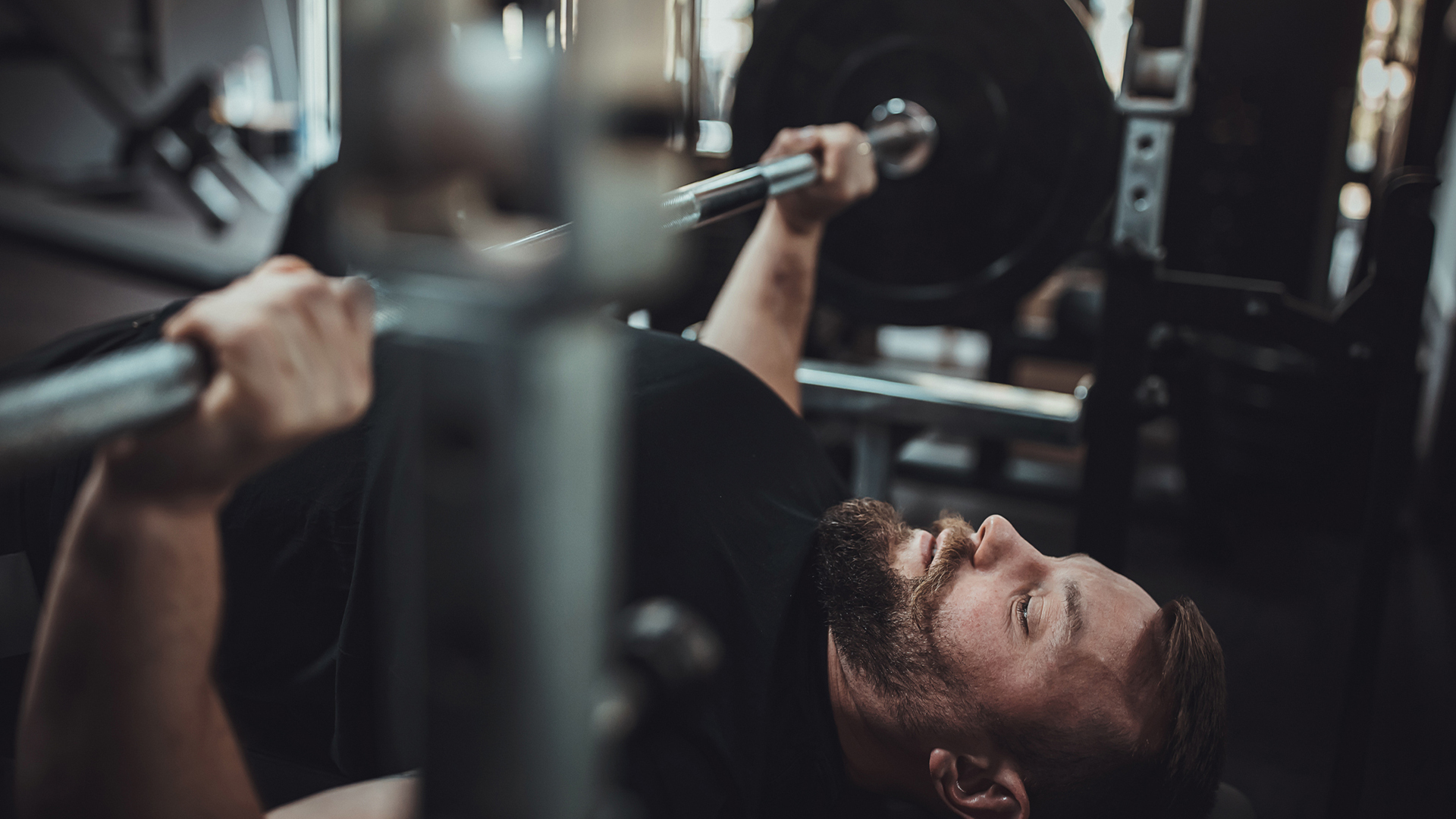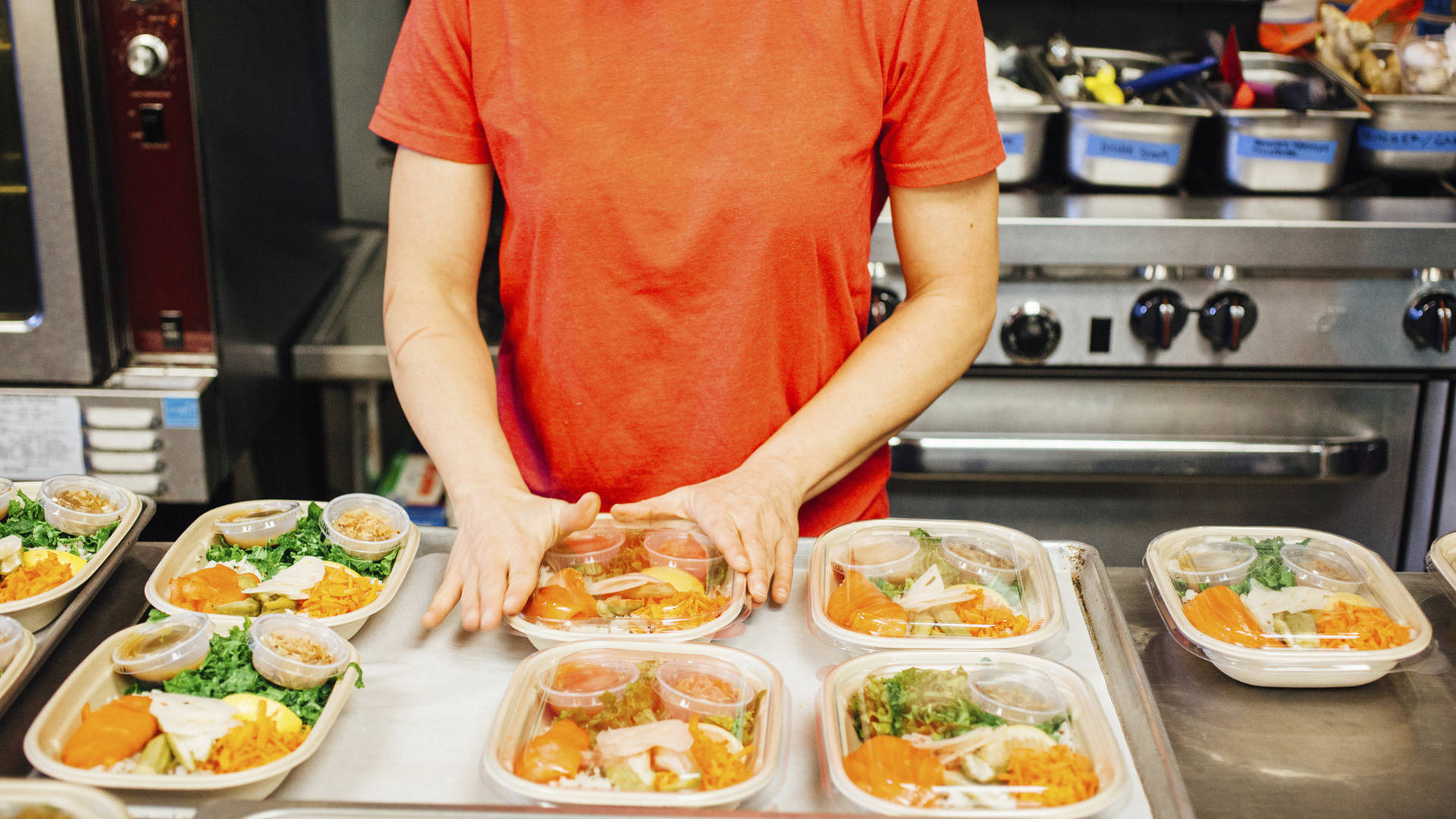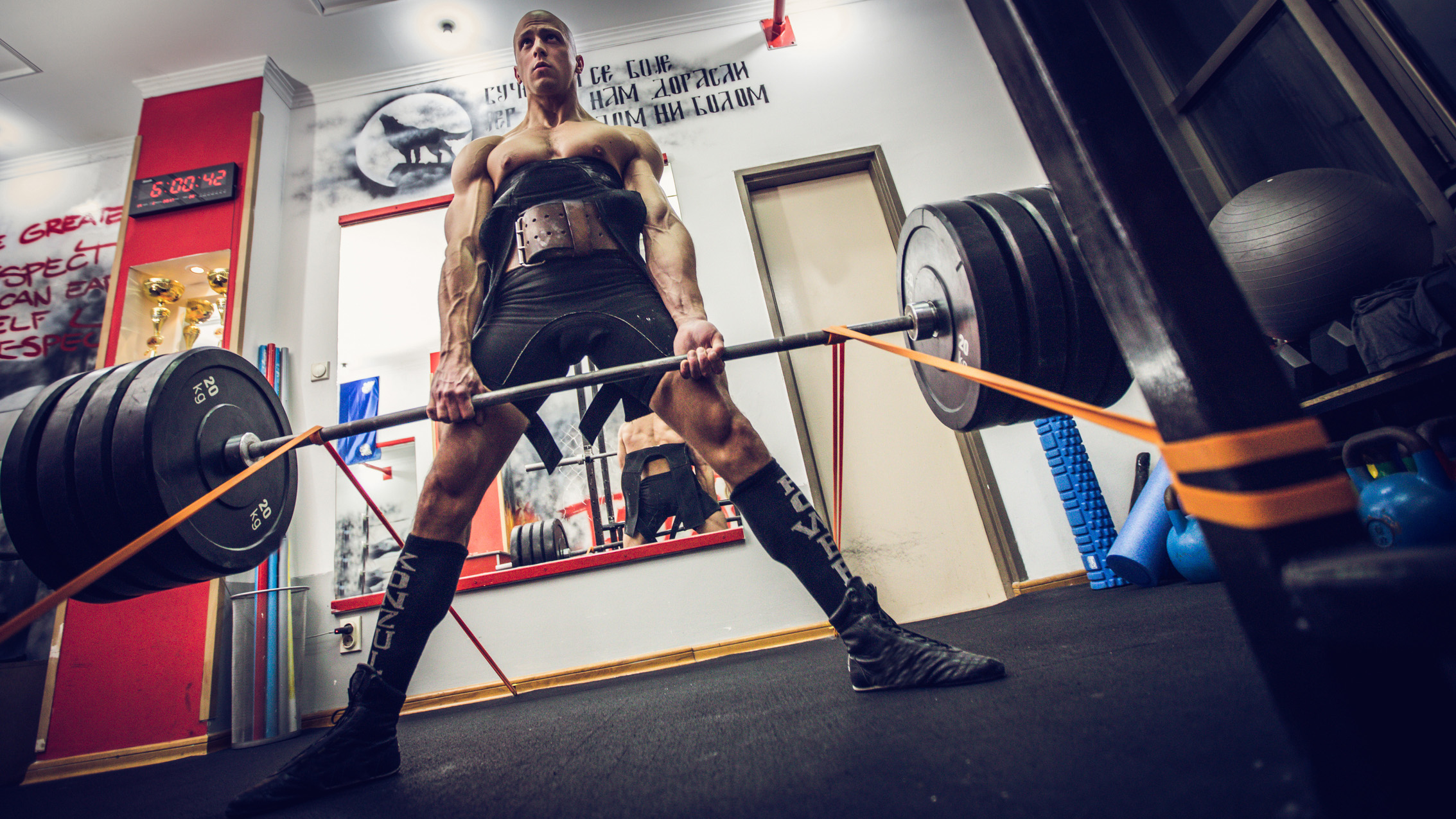

As a comparatively skinny and tall guy, I always admired people who could pack on muscle easy. I tried working out occasionally in the past and made some minuscule gains but I haven't realised my full potential until I learned more about body types and how to train for them properly. Here, I share some of the methods and workout tips that helped me put on almost 10 kilos in a year.
Don't get me wrong; I'm still not a bulky guy, but now that I know what body type I am, at least I don't expect myself to look big. My height, combined with the long limbs I have, puts me at a serious disadvantage when it comes to looking buff. That said, it's far from impossible to pack on mass, even if you think you're a hard gainer.
I tell you a secret: there are no hard gainers.
It's hard for everyone to gain mass, but admittedly, having a specific body type will make it easier for some to look muscular. If you really want to categorise people based on gaining-ability, we could call people who hold on to mass easier 'easy gainers' and rest just 'gainers'.
If you're a 'gainer', just like me, here are some tips to get you started to muscular heaven.
What are body types and why do they matter?
Recognising and training for body types is not a new thing; the theory was first established in the 1940s by William Herbert Sheldon, debunked, then rediscovered in recent types as a sort-of legitimate way to help people understand the limitations (and opportunities) of their physique.
His theory identified three body types - somatotypes - with different abilities and athletic capabilities:
Sign up to the T3 newsletter for smarter living straight to your inbox
Get all the latest news, reviews, deals and buying guides on gorgeous tech, home and active products from the T3 experts
- Ectomorph - 'Skinny' people with a fast metabolism who generally have narrower shoulders and hips
- Mesomorph - The body type most often associated with 'fit' people, especially men. Mesomorphs have wide shoulders, narrow hips, slim joints, longer limbs and average metabolism
- Endomorph - 'Stocky' people with a wide, square-shaped upper body and slower metabolism
Naturally, most people will fall in between these categories but in a normal bell-curve distribution kind of way, where ectomorphs are on one end, endomorphs on the other with mesomorphs in the middle. The reality is, you could end up having an ectomorph upper body and endomorph lower body.
Or, like in my case, you can have wide shoulders and narrow waist as well as long, skinny limbs.
There are many body type calculators online that will give you an approximate idea of what your body type combination is and once you find that out, you can start training properly. Of course, you will need to know your fitness goal, which in my case was to add mass and hold onto it.
Training for mass as an ecto-mesomorph
How quickly you gain muscle mass depends on many factors, including your stress level, how you train, what/how often you eat during the day, how much alcohol you consume and so on.
What you have to remember is fitness is not a destination, it's a journey. If people could train for 12 months, gain muscle and hold on to it for the rest of their lives, I would subscribe every 20-year-old to a year-long daily gym regime and get it over with.
Sadly, though, if you want to build muscle (or lose weight), you'll have to work on it constantly. For some, the process will be easier but it won't be easy for anyone. Being fit over 40 or later in life requires you to look after yourself by eating and sleeping well. And, most importantly, resistance training.
Here are the steps I took to gain weight during the lockdown, the right way.

You need to eat a lot more than you think
Although ectomorphs know they need to eat more than mesomorphs, they hardly ever do. Worse still, it's not only about eating more, it's also about eating the right things more frequently.
Henry Cavill's Superman diet involved him having steaks and eggs for breakfast. And I know what you're going to say, "I can eat steaks for breakfast", but bear in mind he did it for six weeks. Can you eat steaks and rice and 10 in the morning every day in order to gain weight? Well, you should.
When I doubled down on my weight gain regime, I had overnight oats for breakfast, beef and rice as a mid-morning snack, two portions of rice, chicken and greens for lunch and mid-afternoon snack and some more food in the evening (protein bars, more protein powder shakes, protein yoghurts, sometimes even mass gainers etc.).
To put in perspective how much you need to eat, I recently visited My Vital Metrics to do a DEXA scan (more on this soon) and we did a Basal Metabolic Rate test to determine what my BMR is. My BMR clocked in at 2,555 calories - the number of calories I need to exist - and went up to nearly 4,000 when factoring in my exercise regime.
That's 4,000 calories a day if I want to maintain my body weight. To gain, I'd have to add a few hundred to that number; that's a lot of rice and chicken, people. Plus, since the plan is to gain muscle mass, you also have to make sure you hit your macros and consume enough protein to help muscle recovery.

You need to work out the right amount
I always thought more workouts equals more gains. After all, Arnold Schwarzenegger said pro bodybuilders in Golden Era used to spend four hours in a gym before a competition. CrossFit people are notorious for working out multiple times a day. Surely, this means I need to do more full-body workouts to pack on mass?
As a 'gainer', the worst thing I can do with my workouts is to burn calories. I need to hold onto my calories while working my muscles, which means the best approach is to train body parts separately. I used a mixture of classic bodybuilding and push-pull-legs exercise routine and split my workouts throughout the week as follows:
- Pecs (push)
- Back (pull)
- Triceps (push)
- Biceps (pull)
- Shoulders (mixture of push-pull)
- Legs
- Rest
This allowed me to do compound exercises as well as isolation moves, the latter being important in keeping the calorie consumption low while still bombing the muscles. I did 4-5 exercises a day and worked out for about 30-60 minutes, more than enough to work each muscle group.

You have to ease up on cardio
Running has always been part of my life and especially since I started working as a fitness journalist, testing running shoes and running watches became a full-time job. I love running but just like any other type of cardio training, it burns a lot of calories and is detrimental to gaining muscle mass, something your body will get rid of asap as it's bulky and a lot of effort to carry around.
Cardio also boosts metabolism and as a 'gainer', my metabolism is fast as it is, so I had to do ease up on my running and cycling sessions. I still ran and cycled as I couldn't just not test gear, but recreational cardio was kept to the minimum and when I did some, I always added more calories to my diet.

You have to go heavy
As much as I think dumbbells and especially adjustable dumbbells are the most versatile pieces of home gym equipment you can get, they can only go so heavy. To build muscle as a 'gainer', you'll need to go heavy, otherwise, you might end up toning muscles as opposed to building them.
I bit the bullet and got a decent barbell (the Mirafit M3), a weight bench and some weight plates so I can bench press and deadlift properly. Low and behold, being able to push my muscles to their absolute limits helped me accumulate mass faster than doing 15+ reps with a dumbbell.

You need to factor in rest
Realising how much I need to rest was another big hurdle I had to overcome. I'm a busy body and always fidget around, which is not great for keeping calories burning to the minimum. Also, I had to realise that pro bodybuilders sleep a lot. They will sleep for 8-9 hours during the night and also have naps during the day to minimise their energy needs and help their muscles grow.
I ended up not sleeping in the afternoons but I made sure I get as much sleep as I can during the nights by following a proper bedtime schedule, cutting back on screen time and going to bed and waking up more or less at the same time every day, even on the weekends.

Matt Kollat is a journalist and content creator who works for T3.com and its magazine counterpart as an Active Editor. His areas of expertise include wearables, drones, fitness equipment, nutrition and outdoor gear. He joined T3 in 2019. His byline appears in several publications, including Techradar and Fit&Well, and more. Matt also collaborated with other content creators (e.g. Garage Gym Reviews) and judged many awards, such as the European Specialist Sports Nutrition Alliance's ESSNawards. When he isn't working out, running or cycling, you'll find him roaming the countryside and trying out new podcasting and content creation equipment.

